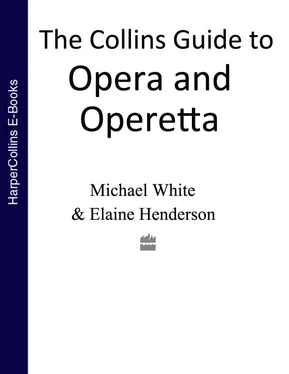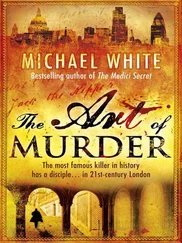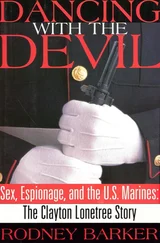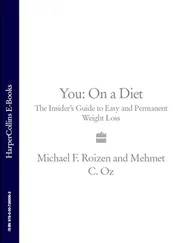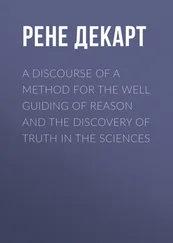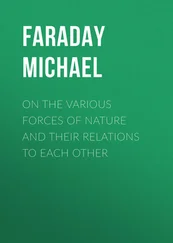The first composer to put their ideas into practice was Jacopo Peri (1561–1633), whose initial attempt to ‘re-create’ Greek mythic drama, Dafne, has been largely lost – leaving his subsequent Euridice (1600) as the first surviving opera. But in truth it only survives as a matter of academic interest: an undiverting compromise between speech and song, it’s hardly ever staged.
The first opera to survive in regular performance is La Favola d’Orfeo (1607) by Claudio Monteverdi (1567–1643), who wasn’t a Florentine at all but worked for the court at Mantua, where the ruling Gonzaga duke had witnessed the fame of Euridice and wanted something of his own to rival it. In the event, he got a score that outclassed Peri’s capabilities, with rich and complex music partly based on the assertive style of Italian Renaissance madrigals and partly on the tradition of what were called intermedi – musical interludes between the acts of spoken plays which, by the late 16th century, had begun to acquire a life of their own as separate music-theatre pieces.
What Monteverdi chiefly added was a sense of how music can be used to heighten the emotional charge of a moment of theatre; and to that end he led a move away from the mythic allegories that dominated the plots of very early opera, preferring to deal with human characters and situations. ‘I see the characters are winds …’, he wrote scornfully of a libretto somebody had sent him. ‘How can I imitate their speech and stir the passions?’
Stirring passions was increasingly the business of Renaissance opera composers as, with extraordinary speed, opera escaped its origins in private courtly diversion and became a public entertainment. In 1637 the world’s first general-access opera house, the Teatro San Cassiano, opened in Venice. By the end of the 17th century the city housed eleven more, and the turnover of work they produced was phenomenal. It was designed to meet an insatiable demand for novelty that seems inconceivable to a time, four hundred years on, when opera has become a largely museological pursuit of the past. The repertoire was always new and ran for no more than short periods before it was taken off and (usually) abandoned. Only the libretti tended to be cherished and preserved, often to be set again. The music disappeared, or was reprocessed into other scores.
WHAT DID 17TH-CENTURY ITALIAN OPERA SOUND LIKE?
Essentially it grew out of long lines of declamatory vocal music that would be embellished as appropriate and intercut with choruses and dances. Over time, and for the sake of variety, the long lines came to be divided into two types of music:
Recitative: a prosaic kind of sung speech, skeletally accompanied by supporting chords on a small group of ‘continuo’ instruments and designed to deliver large quantities of information quickly.
Aria: a more spacious, song-like melody designed for moments when the action stops and the singer has time to reflect on what has happened, how he feels, and what a splendid voice he has.
‘He’ is the appropriate gender here, because women had a very limited role in early opera. The vocal interest of high pitch was more often provided by castrati, who came courtesy of the Roman Catholic Church which had been castrating small boys in the cause of art for several centuries. The practice was officially illegal but an open secret, its results standardly attributed to some natural accident like ‘the bite of a wild swan’.
The orchestral accompaniment to these operas would have been very modest, basically strings and one or two keyboard instruments. Woodwinds only gradually became standard, and brass instruments were reserved for grand effects.
THE ITALIAN DIASPORA
Monteverdi moved to Venice in the middle period of his life, and there he had two followers of distinction: Pier Francesco Cavalli (1602–76), remembered now for one work, La Calisto, and Antonio Cesti (1623–69). Cavalli went to work in Paris, Cesti in Vienna, and between them they exemplified the way Italian opera composers (not to say Italian operatic style) spread abroad.
France proved particularly welcoming, and the court of Louis XIV brokered a productive marriage between the new Italian ways and its own existing tradition of great, dance-based spectacles. Dance was the second language of the French, and, along with a general aggrandisement of scale, it became their chief gift to the operatic genre. Jean-Baptiste Lully (1632–87), the Italian-born chief composer to Louis, filled his opera scores with ballets that look and sound delightful but do nothing for the sense of drama. So did his successor, Jean-Philippe Rameau (1683–1764), who worked with Voltaire and specialised in absurdly extravagant sound-and-vision spectacles at Versailles and the Palais-Royale that no doubt played their part in the ultimate downfall of the monarchy. Meanwhile, the cultural reaction to these over-opulent indulgences was the development of opéra comique: lighter, shorter, simpler, with a spoken text to link the arias rather than sung recitative.
England was slower to seize on the Italians, and generally content with its own version of the French dance-spectacle – the courtly masque, whose storyline, usually allegorical, was no more than a vague excuse for ceremonially scenic splendour. But Charles II’s years in exile had exposed him to the magnificence of what was happening at Versailles and he was keen to have something of the sort back home, albeit more modestly funded. John Blow’s Venus and Adonis (1682) was a development of the masque tradition that came close to opera. But England had nothing that could be called the real thing until Henry Purcell (1659–95) wrote his French-influenced (with lots of dancing) Dido and Aeneas (1689) for a girl’s school in Chelsea. The strange thing is that having established this landmark, he took it no further and reverted to the form of writing known as semi-opera, spoken drama with musical interludes which, however substantial, is still essentially decorative and looks back to the old ways of the masque.
Germany, too, was slow to rise to the Italian bait. It imported Italian musicians who set up opera houses, but the basis of its indigenous music-making throughout the 17th century was religious and instrumental, with a new type of popular, comic speech and song mix known as Singspiel making an appearance around 1700. Thereafter, of course, the lure of Italy proved as strong in German-speaking countries as anywhere else; and it was to Italy that Georg Frideric Händel (1685–1759) travelled as a young man to learn his craft as a composer for the theatre.
The interesting thing is that he didn’t then go back to Germany to practice it (well, not for long). He moved to London where, in 1711, when he took the town by storm with Rinaldo, the otherwise thriving musical life of the capital had witnessed very little Italian opera. Handel effectively created his own market, and within a short space of time it was so buoyant that London could truly be described as one of Europe’s leading opera centres – a magnet for the greatest singers of the Baroque stage who came, conquered and ruled the whole process of opera production from start to finish.
THE STARS OF THE BAROQUE
It was in the 18th century that the phenomenon of star singers travelling throughout Europe in pursuit of massive fees first materialised. They tended to be Italian, ensuring that opera continued to be written and sung in their native language, even when it was being performed in England, Germany or Austria. And by now they included women in prominent roles, although the true superstars continued to be the castrati, whose abnormally high voices in roles that designated them great heroes or great lovers contributed to the pantomime-like gender anarchy of Baroque sung theatre. As men had once played women’s roles, now women frequently played men. And the element of the surreal in all this was heightened by the way that standard-form Baroque opera presented Classical subjects in a bizarre synthesis of ancient and modern dress. Puffed breeches, crinolines and breastplates, plus a lot of ostrich feathers, were the uniform. But although the genre was called opera seria – meaning ‘serious’ – and usually involved stories of chivalric duty and high moral tone, it had no choice but to make allowances for occasional elements of comedy.
Читать дальше
